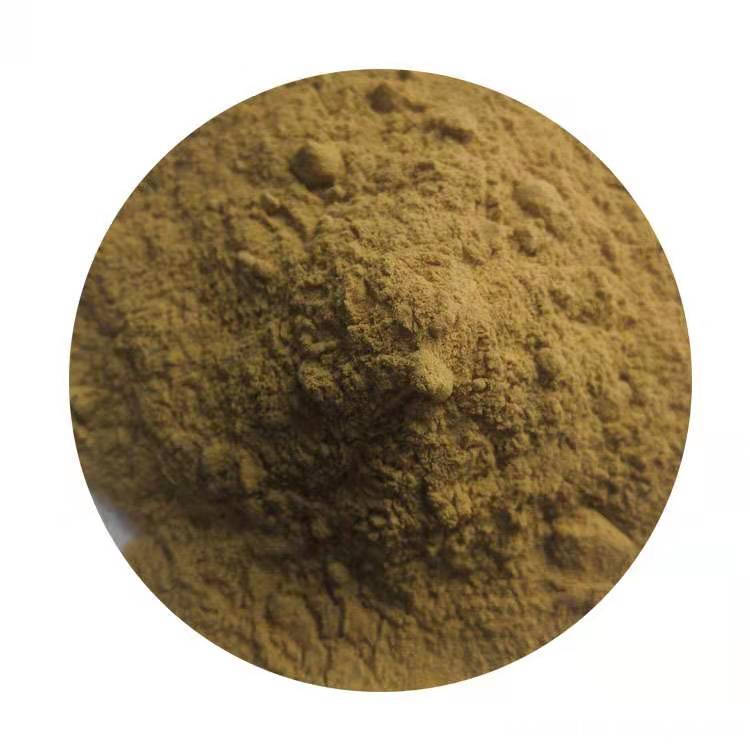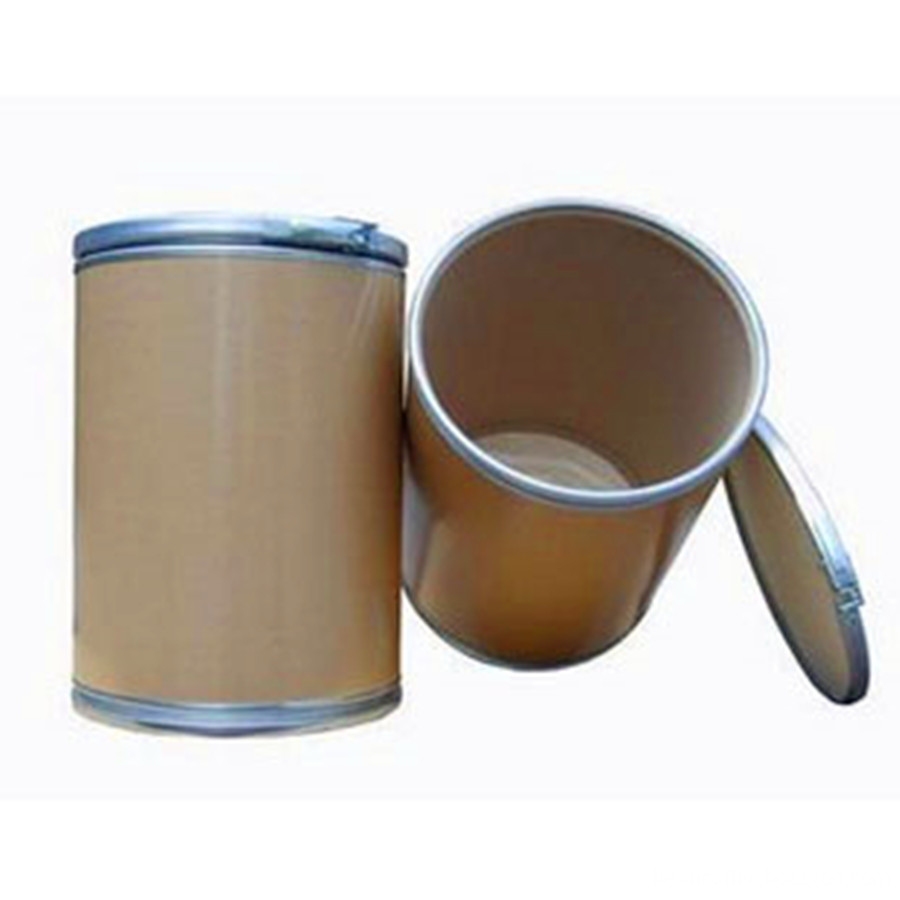The Seedling Matrix Revolution: From "Digging" the Substrate to a Full "System"!
In the past, peat was widely used as the growing medium for seedlings. However, peat and charcoal are non-renewable resources in the short term. Meanwhile, the post-treatment of rock wool has become a major concern. Overexploitation of peat has been restricted due to environmental concerns, and the distribution of peat resources is uneven. From the main production areas in the northeast to the regions where it is used—especially in the south, which consumes a large share—the transportation costs have risen significantly. As a result, people have started to pay more attention to various organic waste materials as potential substitutes.
Organic waste-based materials must meet certain criteria to be suitable for use as a growing medium. First, after fermentation, the total nutrient content should generally be below 4% (N+Pâ‚‚Oâ‚…+Kâ‚‚O on a dry basis). If the total nutrients exceed this level, the material is considered an organic fertilizer rather than a substrate. Second, the fermented material should remain stable for over one year. Third, after fermentation, the EC value (electrical conductivity) should be below 4, and the water absorption rate should be above 2. Additionally, the raw materials need to be available at a low cost. Examples include cottonseed husks, pig manure, cow dung, rice hulls, slag ash, sawdust, and waste from reed paper mills that have been used for mushroom cultivation. These materials can all be transformed into organic ecological growing substrates.
However, the concept of organic ecological cultivation media has only gained attention in recent decades, as environmental awareness has grown. It involves the fermentation of organic waste, often with the addition of functional bacteria such as composting agents. A small amount of peat, vermiculite, or perlite may also be added to improve the physical properties of the medium. The goal is to create a non-toxic, recyclable growing medium that supports modern horticultural practices.
The key to developing an effective organic ecological medium lies in creating a material that has stable physical and chemical properties, uses widely available and low-cost raw materials, is environmentally friendly, and can be produced on a large scale for commercial use. Using various organic wastes to produce soilless ecological substrates not only helps solve the issue of waste disposal but also provides sustainable alternatives for soilless cultivation. This approach enhances the overall utilization of natural resources and brings significant ecological and social benefits, while also considering economic returns.
For example, many flower production units in China have started using a type of fermentation aid. By fermenting sawdust, bark, and other organic wastes into an ecological matrix, they have achieved excellent economic results and are now promoting this method extensively.
Coffee Green Hydrochloric Acid
green coffee extract:
Green coffee bean extract is made from the green beans of the coffea Arabica plant.
There are two types of coffee plants, arabica and robusta. The arabica is higher in quality and higher in chlorogenic and caffeic acids, two primary compounds responsible for anti-oxidant activity. Coffee might have anti-cancer properties, and researchers found that coffee drinkers were 50% less likely to get liver cancer than nondrinkers.
Product features:
1. Special large package for industrial raw material sales(10kg/20kg);
2. 100% pure coffee;
3. Good instant solubility;
4. Stable raw material origin and long-term supply
Functions:
Losing weight.
Anti-virus; Anti-bacteria; Anti-cancer; Anti-aging; Anti-infectious.
Lowering toxicity.
Lowering blood pressure.
Reducing the risk of diabetes.
Help with muscle fatigue for athletes and bodybuilders.
Green coffee bean has strong anti-oxidant properties similar to other natural anti-oxidants like green tea and grape seed extract. Green Coffee Beans have polyphenols which act to help reduce free oxygen radicals in the body. Green coffee bean extract is sometimes standardized to more than 50% Chlorogenic Acid. Chlorogenic Acid is the compound present in coffee which has been long known as for its beneficial properties. This active ingredient makes green coffee bean an excellent agent to absorb free oxygen radicals; As well as helping to avert hydroxyl radicals, both which contribute to degradation of cells in the body.

Coffee Bean Extract,Robusta Coffee Extract,Pure Green Coffee Bean Extract,Coffee Green Hydrochloric Acid
Yunnan New Biology Culture Co,.Ltd , https://www.lvsancoffee.com

